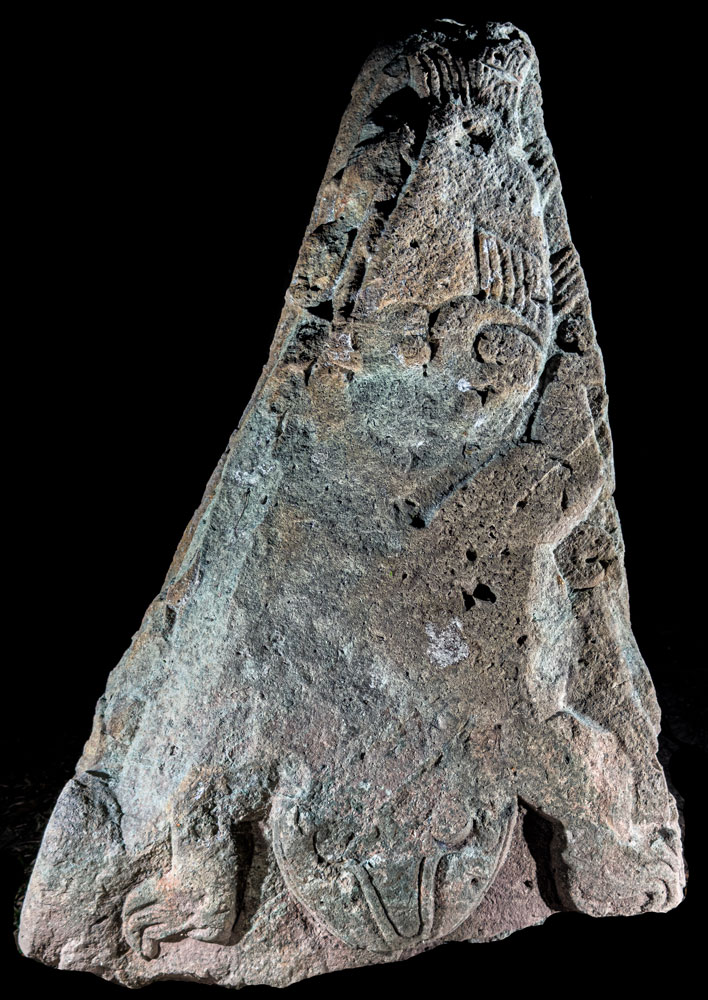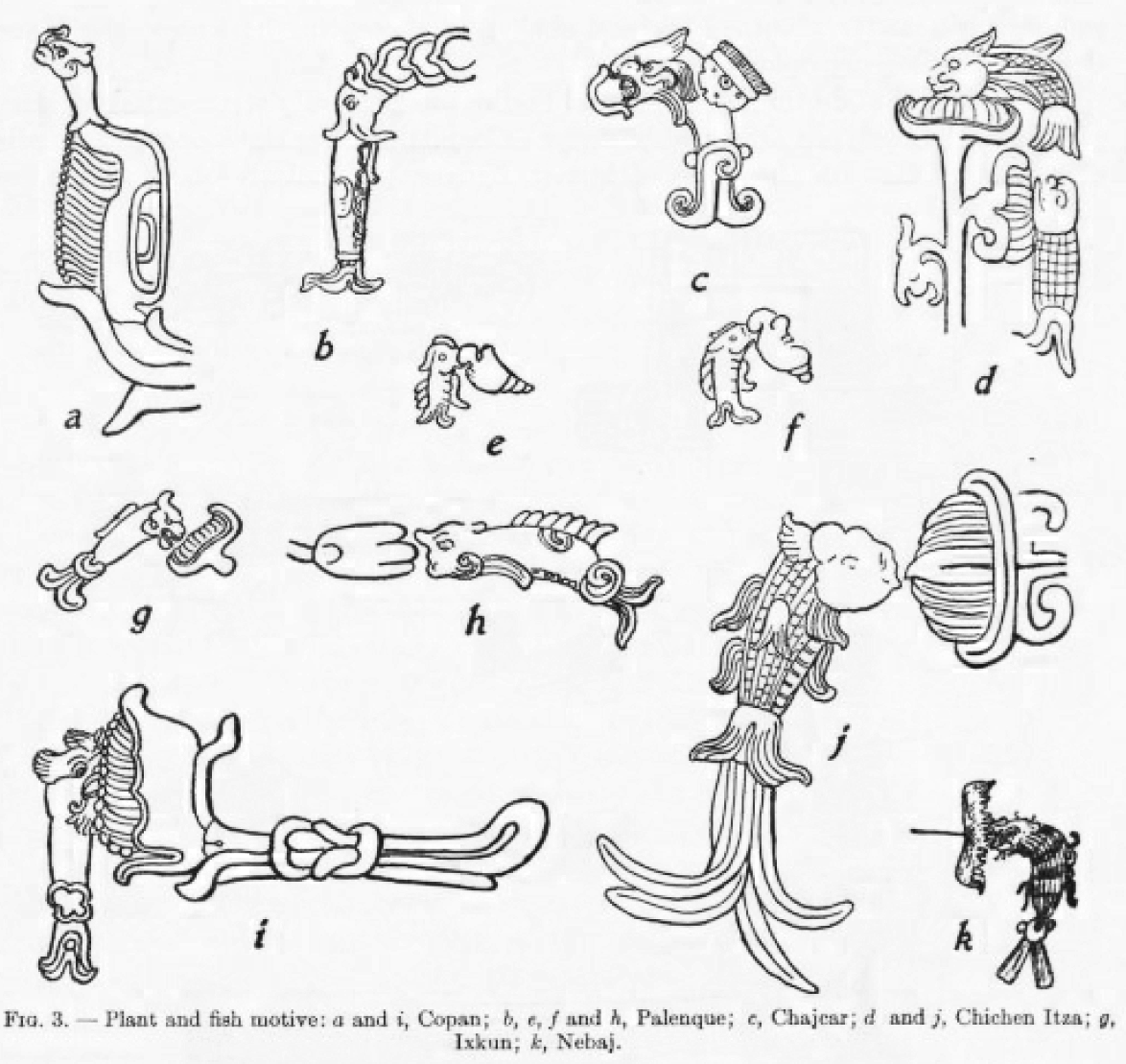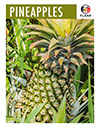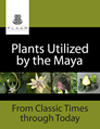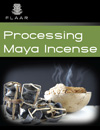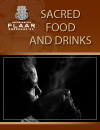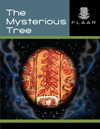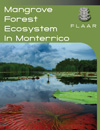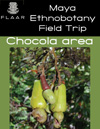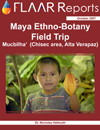Iconography of fresh-water fish in Classic Maya Art
Sculptures of Kaminaljuyu (Guatemala City, in MUNAE) have several large fish, including an isolated one. The fish on sculptures of Copan, Honduras, have not been singled out to study, so I wish to show the largest fish and several of the others.
A full-figure fish hieroglyph from Str. 10L-22A, the Mat House, is pictured on page 132 of William Fash’s 2001 updated edition of SCRIBES, WARRIORS and KINGS, The City of Copan and the Ancient Maya.
A complete fish sculpture from a cache under Structure 32 is pictured on page 144 of Barbara Fash’s 2011 COPAN SCULPTURE MUSEUM: Ancient Maya Artistry in Stucco and Stone.
But the largest fish, the ones that have not been featured in any book on iconography of Copan, are on Altar O. During a conference at the Museo Popol Vuh, Universidad Francisco Marroquin, July 2023, there were two conferences that discussed fish in Classic Maya art. I am curious whether they mentioned the fish of Copan. But to help iconographers and ethnozoologists, we now show several of the fish at Copan. Altar O and Stela N are outside in the plaza area. The fish being eaten by the pelican is in the Copan Sculpture Museum.
The fish at Copan are most probably fresh water fish. Marine fish, especially sharks, are shown in Olmec art and Maya vase scenes of Peten.
In the Central Peten Lowlands, most full-figure fish hieroglyphs are in the PSS, Primary Standard Sequence, and are for the ancient Maya word for what is called cacao today. So far there is no suggestion of a cacao reference for the fish sculptures at Copan; none are associated with a Primary Standard Sequence, which would be on a vase, bowl, or plate.
The most noticeable fish at Copan is in the Copan Sculpture Museum
Lots of Fish any time there is a water lily flower on a stelae
Stelae of Machaquila, Peten, Guatemala, have lots of water lily flowers with fish nibbling on them, but these stelae were not known in 1913 when Herbert Spinden showed illustrations of fish. You can see the Machaquila stelae in MUNAE, Guatemala City (the museum reopened in autumn 2023). Copan Stela N is the Copan equivalent of Machaquila stelae.
- 1913
- A Study of Maya Art, Its Subject Matter and Historial Development. Memoirs of the Peabody Museum of American Archaeology and Ethnology, Harvard University, Vol. VI.
This is available as a download, albeit not OCR. Most people use the Dover reprint over half a century later (1975).
- A Study of Maya Art, Its Subject Matter and Historial Development. Memoirs of the Peabody Museum of American Archaeology and Ethnology, Harvard University, Vol. VI.
First posted February 19, 2024.


